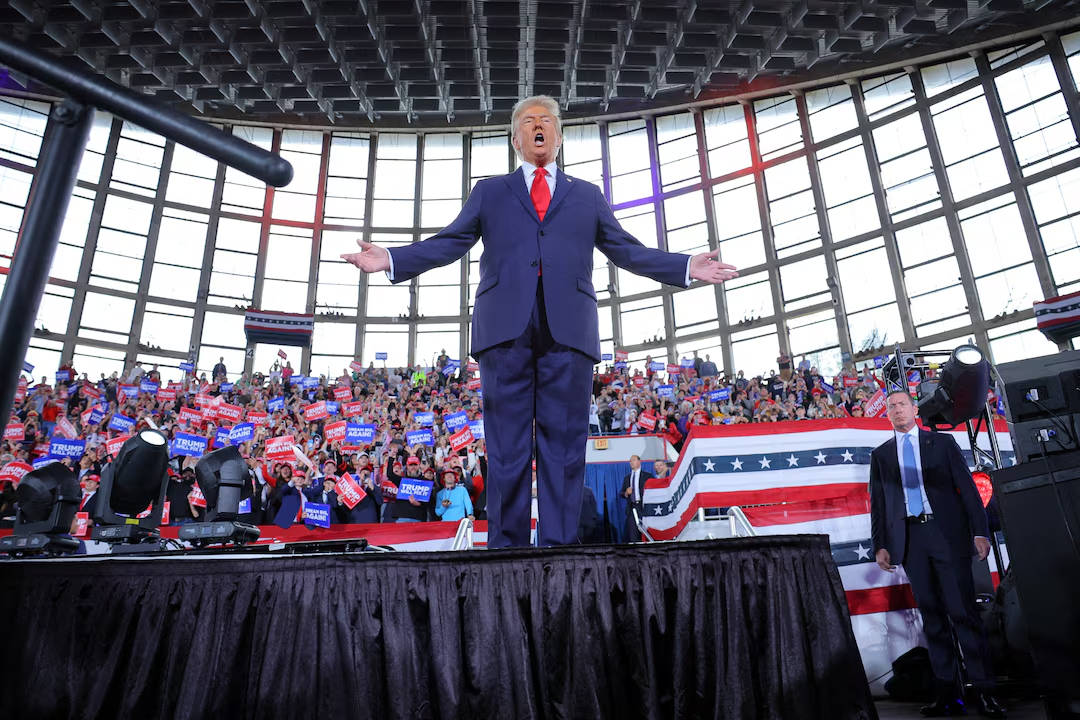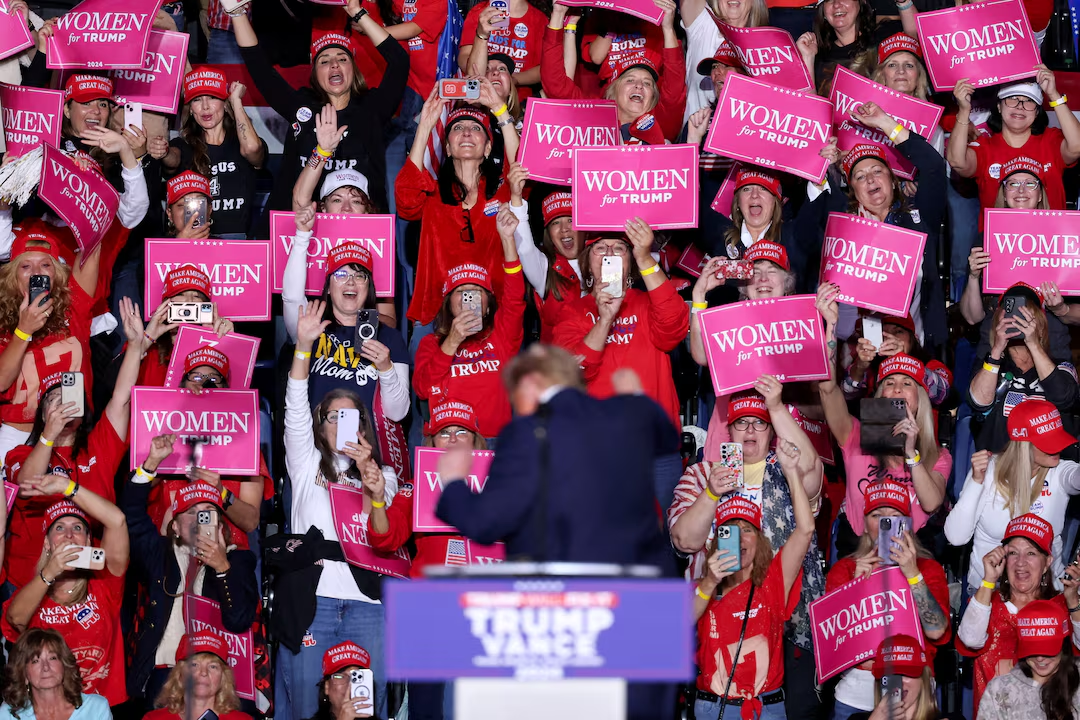

The Electoral College is a system used in the United States to formally elect the President and Vice President. Rather than a direct popular vote, the Electoral College consists of a group of representatives, known as “electors,” chosen from each state. The number of electors each state receives equals its total number of members in Congress (the sum of its representatives in the House and its two Senators). In total, there are 538 electors, with a majority of 270 needed to win the presidency.
Here’s how it works:
- Popular Vote in Each State: During the presidential election, voters cast their ballots for a candidate, but technically, they are voting for a slate of electors pledged to that candidate.
- Electors Vote: The electors from each state then gather to cast their official votes for President and Vice President, reflecting the popular vote in their respective states. Most states have a “winner-takes-all” approach, meaning the candidate who wins the popular vote in that state receives all of its electoral votes. Maine and Nebraska, however, split their votes by congressional district.
- Congressional Certification: The electoral votes are sent to Congress, where they are officially counted, and the candidate with at least 270 electoral votes is declared the winner.
The Electoral College was established by the U.S. Constitution as a compromise between election of the President by Congress and election by popular vote, with the intention of balancing influence between populous and smaller states.
This system can result in situations where a candidate wins the popular vote but loses the electoral vote, which has occurred five times in U.S. history (e.g., in the 2016 election). The system has sparked debates about whether it accurately reflects the democratic will of the people.